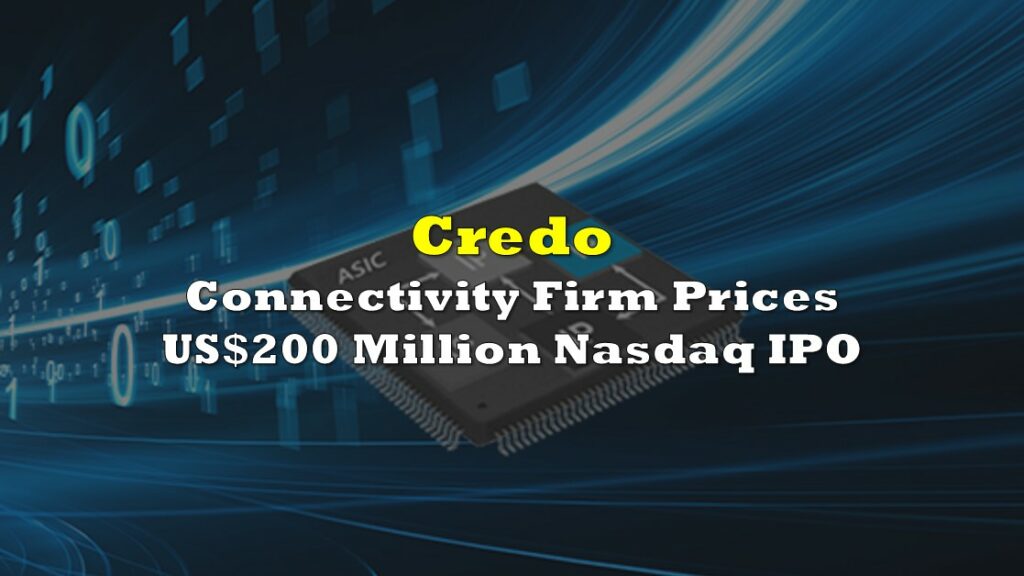Arm, a prominent chip designer under SoftBank’s ownership, has initiated the final countdown to its forthcoming initial public offering (IPO) on the Nasdaq, marking the most significant IPO event in the US in nearly two years. The company has submitted a preliminary prospectus, with the listing scheduled for early next month.
This move positions Arm to become the most valuable company to complete a US IPO since November 2021, rivaling even the electric vehicle manufacturer Rivian, which achieved a $70 billion market capitalization upon listing. Should Arm attain a higher valuation, it would outshine the new listing record set by Uber in 2019 at a $75 billion market cap.
Industry insiders and backers are optimistic that Arm’s successful debut will reignite the IPO market, which has experienced an 18-month dry spell, particularly within the realm of new tech listings.
In 2016, SoftBank acquired the UK-based chip innovator Arm for $32 billion. Recent developments show that Arm’s valuation has risen, with a transaction between SoftBank Group and its Vision Fund appraising Arm at $64 billion. SoftBank repurchased the 25% stake owned by the Saudi-backed investment fund, previously held in Arm.
Arm, renowned for its chip design expertise and a subsidiary of Japan’s SoftBank, lodged its application for a Nasdaq listing, setting the stage for a public offering during a historically sluggish period for technology-focused IPOs. The company is seeking to trade under the ticker symbol “ARM.”
In its fiscal year 2023, which concluded in March, Arm reported net income of $524 million on $2.68 billion in revenue, as per the filing. While 2023 revenue slightly dipped from the previous year’s $2.7 billion, the company showcased resilience and growth potential.
Previously this year, the UK-based firm confidentially initiated its pursuit of a US listing, opting for this path over the London Stock Exchange, which dealt a blow to the latter.
Arm occupies a pivotal position in the chip sector, licensing instruction sets crucial for mobile, PC, and server chips. Recent efforts have focused on selling comprehensive chip designs, a more lucrative endeavor.

In its filing, Arm emphasized the indispensable role of its technology in AI applications, clarifying that its primary focus is on central processors rather than graphics processors needed for intricate AI models. According to the filing, Arm asserted, “The CPU is vital in all AI systems, whether it is handling the AI workload entirely or in combination with a co-processor, such as a GPU or an NPU.”
Arm also pinpointed two competitors: x86, the instruction set adopted by Intel and AMD processors, and RISC-V, an open source instruction set endorsed by notable tech giants.
The company disclosed that its top three clients contributed to 44% of its total revenue. Among these, Arm China, an autonomous entity, accounted for a significant 24% of sales. Notably, Arm is also engaged in a legal dispute with Qualcomm over licensing violations, which reportedly contributed to 11% of its sales.
Major tech players, including Amazon, Alphabet, AMD, Intel, Nvidia, Qualcomm, and Samsung, use Arm’s chip technology. The company’s influence extends to Apple’s iPhone chips. Notably, over 30 billion chips incorporating Arm’s technology were shipped in its fiscal year 2023, each contributing to Arm’s revenue stream.
SoftBank’s original plan to sell Arm to Nvidia faced regulatory challenges concerning competition and national security, leading to SoftBank’s 2016 privatization of Arm in a $32 billion deal.
Although Arm did not disclose a projected share price, it holds a workforce of nearly 6,000 employees and remains a critical contributor to consumer electronics, crafting chip architecture present in 99% of all smartphones.
Arm’s historical journey includes its founding in 1990 as a partnership between multiple companies, including Apple, aimed at developing energy-efficient processors for battery-powered devices. The company’s recent filing emphasizes its essential role in AI applications, particularly in central processors.
Information for this briefing was found via the Financial Times, CNBC, and the sources mentioned. The author has no securities or affiliations related to this organization. Not a recommendation to buy or sell. Always do additional research and consult a professional before purchasing a security. The author holds no licenses.









